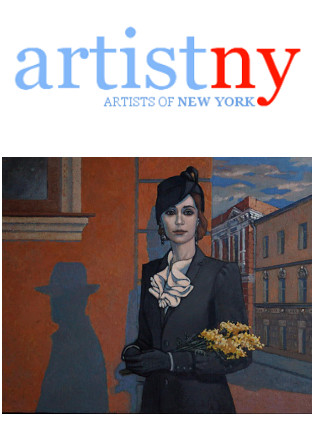Anyone interested in art will be able to understand the different ways of discussing it that are mentioned above. The goal is to know important pieces by heart and why they have been written about negativity or positivity, just like knowing the artists who created them.
What is art criticism?
Art criticism is the process of examining and assigning meaning to works of art. It can be seen as a form of criticism that seeks to understand the work as an independent entity, apart from the societies and individuals who created it. This separates art criticism from other forms of criticism, which often examine art in relation to specific situations or contexts.
One important aspect of art criticism is its heterogeneous nature. This means that art criticism can take on many different forms, reflecting the range of interests and perspectives among critics. In addition, this diversity lends critical intervention in the social functioning of art a certain autonomy. By working outside of traditional expectations, critics are able to challenge accepted norms and manners of thought.
This autonomous quality has been largely credited with the growth of art criticism over the past few decades. While there was once a clear hierarchy between high-quality artistic expression and more mundane forms of criticism, today there is a greater acceptance of all forms of critical engagement. This openness has led to more diverse and innovative approaches to critiques, which in turn has helped to revive interest in art among general audiences.
Hope for the Art Critic
In today’s critical climate, it can be easy for art critics to feel like they’re on an island, disconnected from the world around them. While this may be a necessary condition for the critical intervention art critics preach, it can also be isolating. This heterogeneous moment lends anticritical discourse the autonomy that comes of critical dissociation from reality—critical intervention in the social functioning of art.
This separation allows art critics to experiment with different approaches and styles without fear of criticism or reprisal from their peers. It also allows for a broader and more diverse range of artistic expression to flourish, since there is less pressure to conform to traditional notions of what qualifies as worthwhile art. In short, heterogeneous moments like these are essential for keeping criticism lively and novel.
Ways to make sense of art criticism
If there is one commodity that has become universally recognized and appreciated as a measure of excellence and creativity, it is art. Whether it is selecting museums to visit, reading about art in the news or attending exhibitions, the act of appreciation seems to be on the rise. But just what makes good art, and who gets to decide? Despite the plethora of opinions out there, there seems to be a consensus when it comes to judging certain pieces as ‘good’ or ‘bad’. However, there are dissenting voices that seek to challenge this commonly held belief system. In this context, critic/artist duo Julia von Weiler and Brock Murabi define criticism as an intervention in the social functioning of art. This intervention takes on various forms, but all share a common goal – to make sense of it all.
For von Weiler and Murabi, making sense of art requires dissociation from reality. Many people seem to equate good art with realism – thinking that if something looks real then it must be true or valid. However, von Weiler and Murabi argue that this conception of realism is not only limiting but also clichéd. Instead they suggest that any representation of reality in art can be considered ‘realistic’ inasmuch as
Conclusion
Today criticism is art’s heterogeneous moment, lending it the autonomy that comes of critical dissociation from reality—critical intervention in the social functioning of art. And, as often happens with freedom, this has both its benefits and consequences. On the one hand, it lends critical discourse an air of sophistication and liberality that can add fuel to the flames of rebellions and revolutions. If we’re not careful, we might even end up applauding ourselves for being subversive ‘art-lovers’ who always demand more from our outmoded institutions. On the other hand, this lack of tether allows us to be critiquing artists and works without having to answer to their potential repercussions in the world outside of art; our calls for change are all the more weighty because they’re not subjected to scrutiny by those in positions of power and influence who could squash them before they take flight. It’s a delicate balancing act that must be constantly managed lest we fall into either trap: engaging in sterile debate or regurgitating oppressive binaries without challenging themselves or their audience. Unfortunately, these dangers seem all too easy to fall into when we’re paralyzed by our own critiques and unwilling or unable to see things from another perspective. We risk perpetuating the



